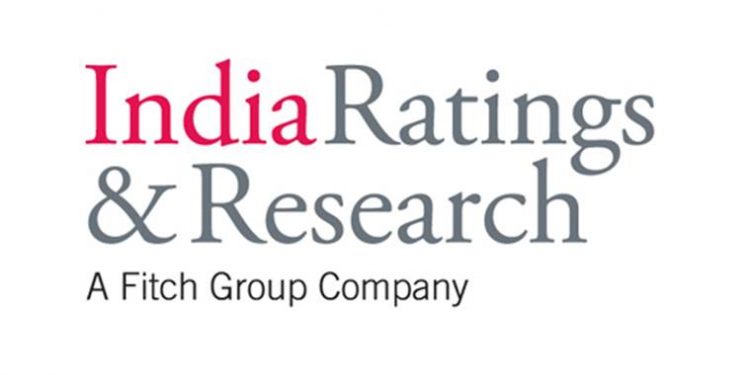Mumbai: There is very limited space for fiscal stimulus as the government’s revised market borrowing of Rs 12 lakh crore, is expected to be used largely for meeting revenue shortfall, India Ratings & Research said Friday.
The government had budgeted Rs 7.8 lakh crore in gross market borrowing, in the current fiscal, but following COVID-19 disruptions, it had last week announced an additional borrowing of Rs 4.2 lakh crore, taking the total to Rs 12 lakh crore, primarily to meet the likely revenue shortfall.
According to India Ratings chief economist Devendra Kumar Pant, the enhanced gross borrowings of Rs 12 lakh crore will largely take care of the revenue shortfall, leaving little space for fiscal stimulus, “unless the Centre sharply cuts the budgeted capex and reprioritises expenditure”.
“This leaves very limited fiscal space for the government as the revenue shortfall accounts for as much as 95.1 per cent of the increased borrowings, leaving as little as Rs 20,000 crore for the government to provide fiscal stimulus,” India Ratings & Research said.
Pant expects the gross and net tax revenue of the government to fall short of the budgeted estimate by Rs 4.32 lakh crore and Rs 2.52 lakh crore, respectively, notwithstanding the low crude prices and increased excise on petrol and diesel which alone is getting an additional Rs 1.6 lakh crore of additional revenue.
Due to the lockdown-induced weak economic activities and the resultant impact on non-tax revenue, he expects dividend and profit and other non-tax revenue to decline by Rs 1.48 lakh crore from the FY21 budget estimate.
“This means the government is staring at a revenue shortfall of Rs 4 lakh crore from the FY21 budget estimate,” Pants said, and warned that the government is unlikely to meet even the revised revenue estimate of FY20 due to the country-wide lockdown.
“This is too small an amount to make any difference to the sagging economic activity and demand. Clearly, the challenge is huge with hardly any fiscal space, despite an increase of gross borrowing by Rs 4.2 lakh crore,” he said.
Pant further said, “nonetheless, the onus is on the Centre to provide support to not only vulnerable sections of the society but also the states, because the actual battle against the pandemic and the associated expenditure is incurred by the states.”
Another worry is the steeply falling household financial savings amidst the tighter financial conditions, which began even before the pandemic lockdowns as the economy was staring at a mismatch between domestic savings and investments.
Households contributes maximum to the gross value addition (44.3 per cent during FY12-FY19), savings (61.1 per cent) and fixed capital (39.2 per cent) in the economy.
But the financial saving of households has been declining over the years and was 6.5 per cent of GDP in FY19 compared to 8.1 per cent in FY16. In FY19, this declined to Rs 12.3 lakh crore from Rs 13.2 lakh crore FY18.
On the other hand, the Central and states’ borrowings have been rising over the years. The net borrowings by the Centre, the states and the Central public sector undertakings (PSUs) jumped nearly threefold to Rs 18.89 lakh crore or 9.3 per cent of GDP in FY21 from Rs 6.19 lakh crore or 7.1 per cent in FY12, the report said.
(PTI)






































